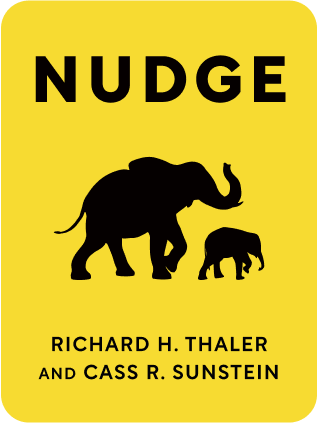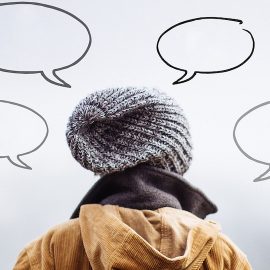

This article is an excerpt from the Shortform summary of "Nudge" by Richard H. Thaler and Cass R. Sunstein. Shortform has the world's best summaries of books you should be reading.
Like this article? Sign up for a free trial here .
What is the representativeness heuristic? How does it affect decision making?
The representativeness heuristic is a bias that comes from trying to understand information by categorizing. The problem arises from stereotyping in these situations.
Read on to understand the representativeness heuristic.
The Representativeness Heuristic
The third heuristic Tversky and Kahneman identify is the representativeness heuristic, although it might be better termed the “similarity” heuristic. We use this heuristic when we categorize a phenomenon based on how similar it is to the stereotype of some category.
A simple example concerns our categorization of people based on their appearance. If we come across a diminutive white-haired man wearing glasses and a corduroy blazer and carrying a briefcase, we’re more likely to think “professor” than we are “professional basketball player.”
However, our bias toward “representativeness” becomes dangerous when we confront random processes. We tend to expect random processes to conform to our idea of randomness—as producing unpatterned, impossible-to-predict outcomes. Unfortunately, random processes, especially in the short run, can appear to have causal or predictable results. That means, again because of the “representativeness” heuristic, we ascribe those results to some particular cause rather than chance.
Representative Bias Example
A classic representative bias example of humans misinterpreting randomness is sports fans’ notion of the “hot hand.” When, say, a basketball player makes a shot—or even better, a number of shots in a row—fans believe he or she is more likely to make the next shot than if he or she had missed. The idea is that shooters get “hot,” and thus should be passed the ball more frequently.
However, upon careful statistical analysis, the “hot hand” proves not to exist—a shooter’s probability of making his or her next shot is the same regardless of the result of the previous shot. We simply believe the “hot” shooter is more likely to make the next shot because of the representativeness heuristic.
Whereas exhibiting a cognitive bias in sports is relatively harmless, exhibiting one in the world of disease control can cause panic and wasted resources. For example, American public health officials receive more than 1,000 reports of so-called “cancer clusters” each year. (A “cancer cluster” is a sudden incidence of cancer diagnoses over a short period of time and in a limited area.) The fear is that environmental (or some other) factors are causing the uptick in cancer. However, in the vast majority of cases, the sudden increase in cancer is completely random—a chance fluctuation bound to occur in a population of 300 million.

———End of Preview———
Like what you just read? Read the rest of the world's best summary of Richard H. Thaler and Cass R. Sunstein's "Nudge" at Shortform .
Here's what you'll find in our full Nudge summary :
- Why subtle changes, like switching the order of two choices, can dramatically change your response
- How to increase the organ donation rate by over 50% through one simple change
- The best way for society to balance individual freedom with social welfare






